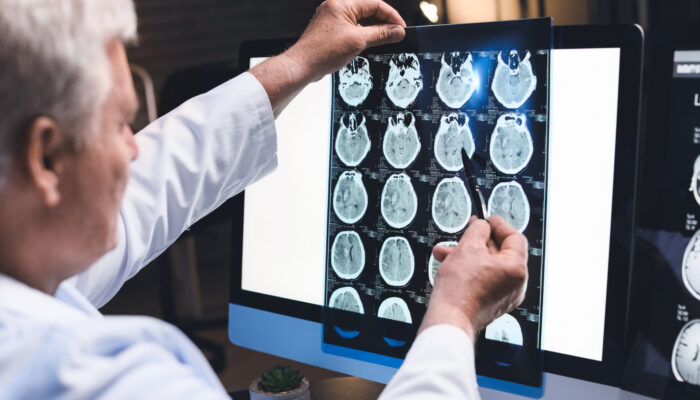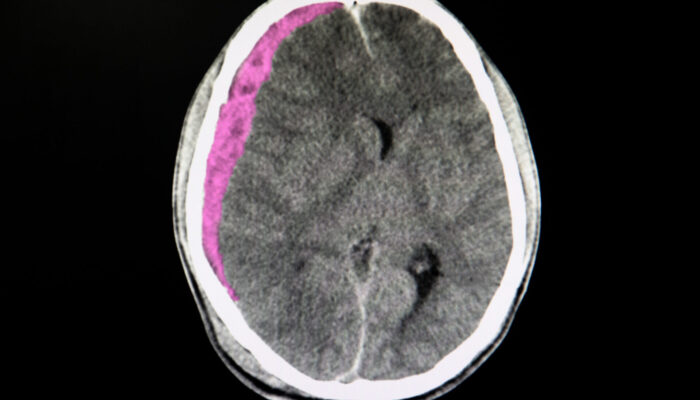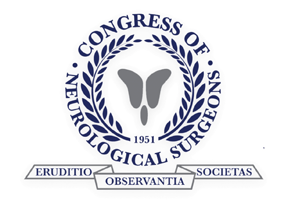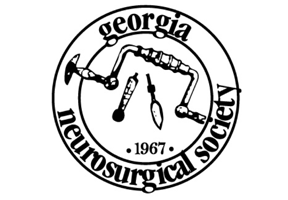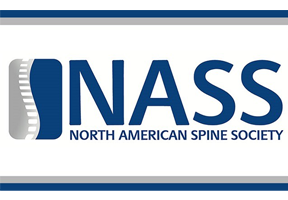Brain hematomas are more complex—and more dangerous—than many people realize. From the risk factors posed by common medications like blood thinners to life-threatening pressure that can physically shift the brain, these conditions demand swift medical attention. Some develop slowly, others strike without warning, and all require a keen awareness of symptoms and follow-up care. Georgia…
Read more
News
Though often used interchangeably, brain hematomas and brain hemorrhages are not the same. A hemorrhage refers to active bleeding, while a hematoma is a collection of blood that typically forms after the bleeding has begun. This article explains their relationship and outlines common types of brain hemorrhages—including epidural, subdural, subarachnoid, intracerebral, and intraventricular—highlighting how each…
Read more
Brain hematomas occur when blood vessels in or around the brain rupture, leading to dangerous pressure buildup. Symptoms include severe headaches, nausea, confusion, and vision changes. Diagnosis typically involves CT or MRI scans, and treatment depends on severity. Acute cases often require emergency craniotomy surgery, while chronic hematomas may be treated with less invasive burr…
Read more
A subdural hematoma is a life-threatening condition caused by bleeding in the membranes surrounding the brain, typically due to head trauma. Unlike superficial bruises, subdural hematomas do not show on the skin but instead cause severe headaches, nausea, slurred speech, vision changes, dizziness, weakness, memory loss, or personality changes. Symptoms can appear immediately, within hours,…
Read more
Subdural hematomas are dangerous and potentially life-threatening conditions in which blood vessels in the meninges, or the brain’s protective tissues, are compromised and cause blood to pool in the spaces between the meninges’ layers. While all subdural hematomas are dangerous, they can be categorized into three groups based on the rapidity of their development: Acute…
Read more
If you’ve ever gotten bruised after a hard hit, felt a really sore muscle after a tough workout or bad sports injury, or had a discolored toenail after stubbing it a little too hard on the coffee table, then you’ve experienced a hematoma. Most hematomas are common and usually not dangerous or life-threatening, but any…
Read more
Stretching can often help reduce lower back pain. Some stretches to try include: Knee Rolls Single Knee Rolls Knee-to-Chest Piriformis Stretch Cobra Stretch Cat-Cow Stretching is a common and effective way to try to relieve lower back pain. There are numerous stretches you can perform to work out any back pain, but their overall effectiveness…
Read more
Joe Sam Robinson, Jr., M.D. has released a new book exploring the triumphs and limitations of healthcare in the United States. The American Healthcare System: Battlefield Reflections is a collection of essays written by Dr. Robinson and his coauthors that examine a diverse array of healthcare shortfalls and inefficiencies, from systemic issues such as poor cost…
Read more
Dr. Joe Sam Robinson, Jr. presentation in Chile was discussing the possible relationship between chronic CSF flow disruption and the development of dementia. His idea is twofold. First, that natural decline resulting from aging is inevitable, making the development of conditions which cause chronic issues in CSF flow more likely. Second, that these conditions are likely to…
Read more
When you’re dealing with lower back pain, there are several exercises and activities you should avoid, including: High-impact sports or activities Repetitive movements that put strain on your back Activities that require twisting Weightlifting Are you currently experiencing low back pain? If so, you’re probably wondering what exercises you can do that won’t aggravate your…
Read more

